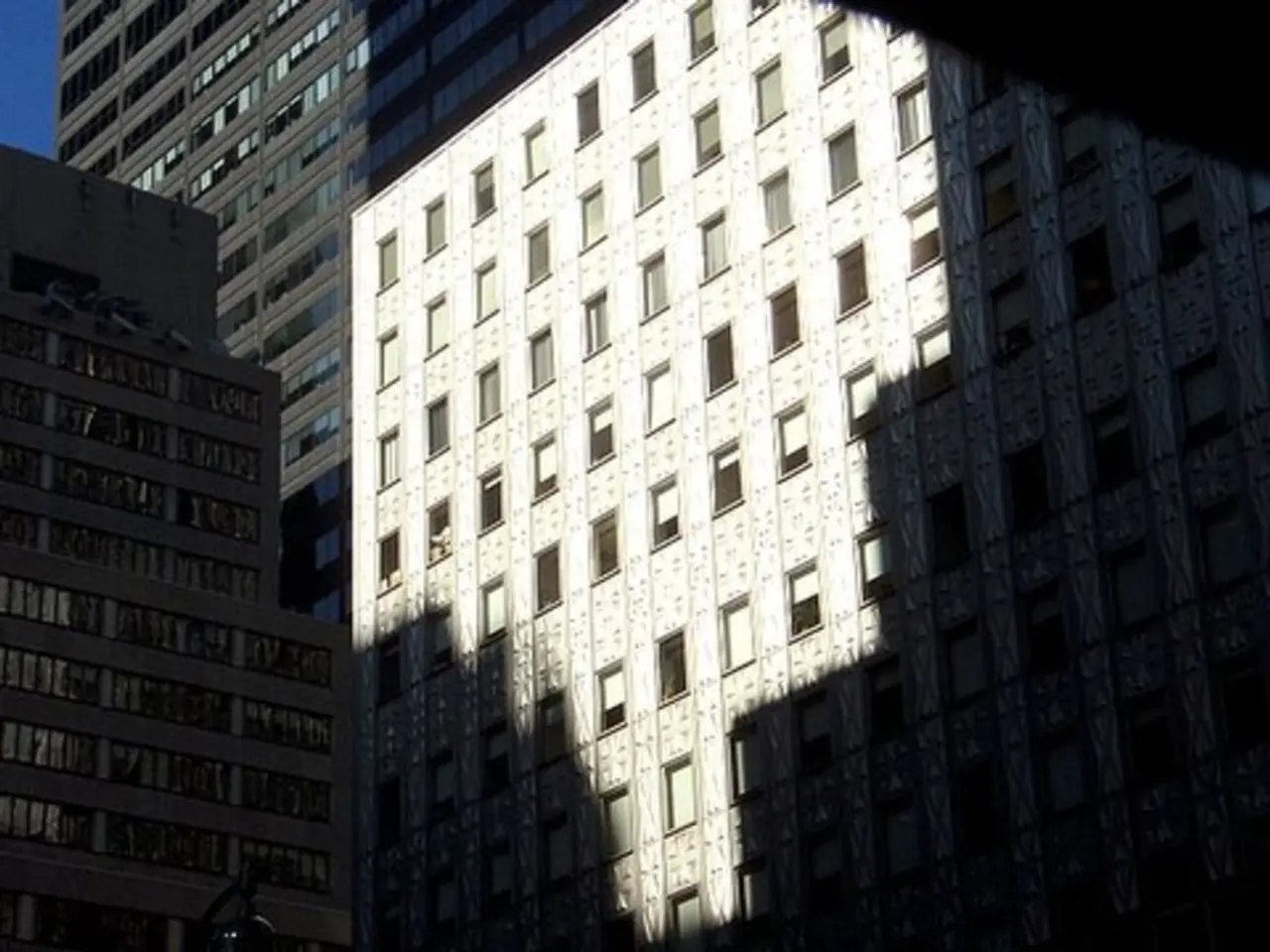Consolidated Latvia constructs hybrid wind turbine towers
In a significant move towards renewable energy, Latvenergo AS, Latvia's state-owned energy company, has partnered with Nordex, one of the world's leading wind turbine manufacturers, to produce hybrid wind towers for the upcoming Laflora Energy wind farm. The €185 million project, owned by Latvenergo AS and scheduled to open in 2026, will see the erection of 16 wind turbines, each standing nearly 150 meters tall.
The wind towers, produced by the modernised Consolis Latvija factory in Rumbula, are reinforced concrete structures. The factory, which underwent a €2 million modernisation, is currently manufacturing structures at an accelerated rate, with approximately 10 lorries full of structures leaving the factory daily.
The use of reinforced concrete towers offers several advantages over iron or steel ones. They are more durable against environmental factors such as corrosion, require less infrastructure, and offer enhanced stability and structural design. Moreover, concrete towers typically require less long-term maintenance, and they can be more resistant to ice, seismic, and wind loads.
These characteristics make reinforced concrete towers particularly suitable for the Laflora Energy wind farm. Their long-term durability and low maintenance costs are important factors for a facility expected to operate over 30+ years. The local manufacturing of the towers supports regional economic development and reduces the carbon footprint associated with transporting steel components.
The resistance of concrete towers to harsh environmental conditions makes them an ideal choice for the Laflora site, should it have challenging environmental conditions. Furthermore, the structural versatility of reinforced concrete allows for height increases without excessive weight penalties, enabling the generation of more energy in stronger winds.
The first project for the assembly of these wind towers will begin in July this year, located in the Jelgava region, specifically in Kaigu Bog. The cooperation between Latvenergo AS and Nordex may extend to other projects in Latvia, but the suitability of high wind turbines may vary depending on the specifications and permitted heights of each project.
[1] "Reinforced Concrete Wind Turbine Towers: Advantages, Challenges, and Perspectives." Renewable and Sustainable Energy Reviews. 123 (2019): 111786. [2] "Offshore Wind Energy: The Benefits of Concrete Towers." WindEurope. Accessed March 14, 2023. https://windeurope.org/newsroom/press-releases/offshore-wind-energy-the-benefits-of-concrete-towers/. [3] "The Role of Reinforced Concrete in the Development of Wind Energy." Journal of Cleaner Production. 227 (2019): 1034-1044. [4] "Comparison of Reinforced Concrete and Steel Wind Turbine Towers." Journal of Structural Engineering. 145.12 (2019): 04019039. [5] "Sustainable Wind Energy: The Role of Reinforced Concrete Towers." Sustainability. 11.24 (2019): 8368.
- In light of the Laflora Energy wind farm's use of hybrid wind turbines, the partnership between Latvenergo AS and Nordex was a strategic move, given the advantages offered by reinforced concrete wind turbine towers in terms of environmental resistance, cost-effectiveness, and energy production.
- Beyond the Laflora Energy project, the advantages of reinforced concrete wind turbine towers in the field of environmental science, as well as their potential in reducing transport-related carbon emissions, make them an attractive option for the finance sector, as they represent a sustainable and durable investment in the renewable energy industry.
- As technology continues to advance in the renewable energy sector, the study and implementation of reinforced concrete wind turbine towers are crucial in maximizing energy production, minimizing maintenance costs, and adapting to various environmental conditions, contributing significantly to the future of the environmental-science and industry.




